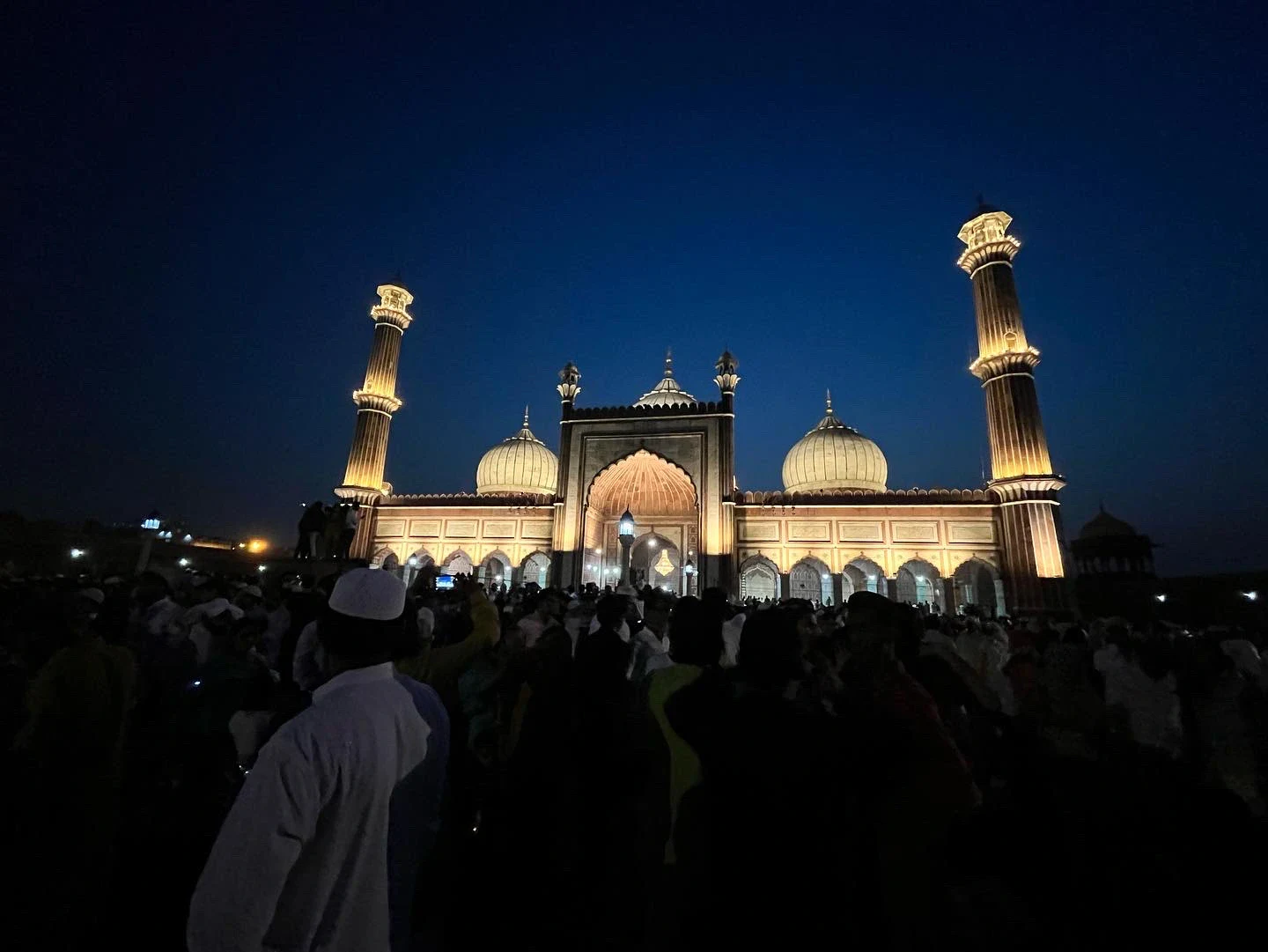Delhi’s Jama Masjid: An architectural marvel
Any tourist coming to India’s Capital, New Delhi, will not miss visiting the old quarters of the city, better known as Old Delhi or Purani Dilli. Central to the Walled City, founded by Mughal Emperor Shah Jahan, are the Red Fort, faced by the Chandni Chowk vista and the famous mosque, Jama Masjid in front. A living mosque, the Jama Masjid attracts the faithful in droves while being an architect’s delight. The Jama Masjid often lays claim to being the “largest mosque in Asia”. This is refuted by architects and historians, who say this is one of the stories spread by guides to impress tourists. It is, in fact, not even the largest in India. Bhopal’s Taj-ul-Masajid, also known as the Bhopal Jama Masjid or Central Mosque of Bhopal, is one-and-a-half times larger than the Delhi Jama Masjid. Aurangazeb built a mosque in Lahore, which is also one-and-a-half times larger. Also, perhaps, the Jaunpur mosque is bigger in size.
Also read: Should tourism be promoted in wildlife protected areas? (travellernook.com)
The Delhi Jama Masjid is where the architectural evolution of mosques reaches its epitome. Describing the defining features of the Jama Masjid, Sohail Hashmi, historian and writer, pointed to the inverted lotus atop each of the three domes. Above each is a metallic finial, which is a set of two kalashes (traditional jars) with a cone representing a coconut. Both features are adaptations of local architecture that were incorporated by local masons. There are several Indian symbols that find place in the Jama Masjid. The lotus and kalash can be found incorporated in the structure as well. The cupola above each minaret has also been traditionally found in India. They were originally built to mark the cremation site of a family member. These were then built into mausoleums and later, Shah Jahan liberated them from mausoleums and placed them in the mosque. Thus, there are diverse influences that come together and the Jama Masjid perfects them all. This is also the first mosque that has double domes.
Also read: Sri Lanka: once a tourist haven now in crisis (travellernook.com)
This was first experimented in Humayun’s mausoleum and perfected in the Jama Masjid. It basically comprises a smaller dome, which is perfect from inside. A circular wall is built around this dome, above which is the second outer dome. The outer dome begins with a smaller base and then flares out into an onion shape. A set of rectangular tablets mounted on either side of the main arch describes how Emperor Shah Jahan conceptualised and then actualised the mosque. They describe, first the courtyard and then piece by piece the entire mosque, how it was built, from the domes to the central arch.
Also read: Hyderabad: Where past meets future (travellernook.com)
Another long-held notion is the purpose of the minarets. It was believed that the muezzin would climb up the minaret five times a day to call the faithful to prayers. However, sound travels in a straight line and at that height will not reach the ground. Sound engineers have now proved that any sound, including from a loudspeaker, more than 40 feet above the ground does not reach the ground. Sohail Hashmi also refuted the notion of “Islamic” architecture. He said what is seen today is the result of an architectural heritage. If one calls domes “Islamic”, the first dome was built in pre-Christian Rome. The Jews were the first to use the dome, followed by Christians and then Muslims. Even today, the tallest dome in use is the St Peter’s Basilica in the Vatican.
How to reach?
Location:
Chawri Bazaar, Delhi, India
Transport:
Jama Masjid is very well-connected with Delhi metro. The nearest metro station is Jama Masjid in violet line metro. If you are using yellow line, you can also get down at Chawri Bazar, and walk or hire a rickshaw to reach the mosque.
Entry fee:
No Entry Fee
Visiting Time:
7AM-12PM and 1:30-6:30PM, Minaret (9:00AM-5.30PM)
.png)

